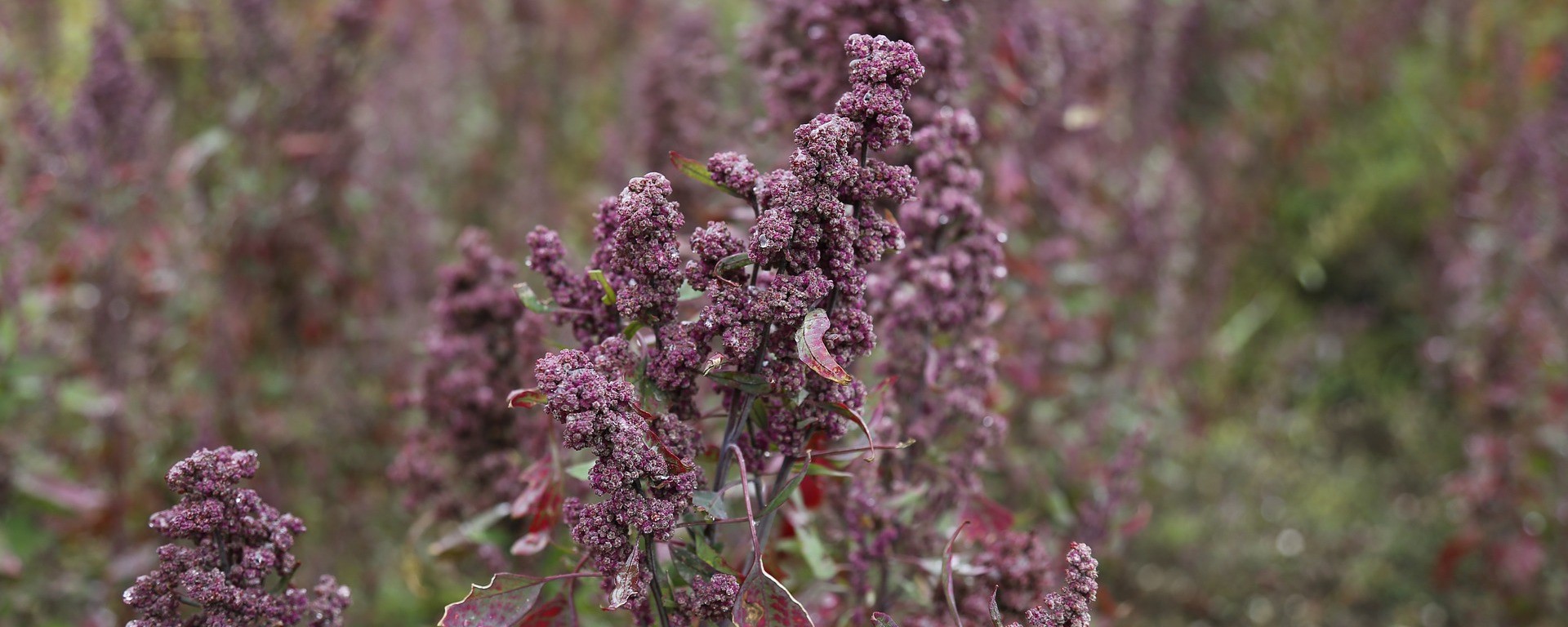

An oyster knows no class. Neither of the aristocracy, nor bourgeoisie, nor proletariat are lobster–or quinoa. Yet these and many other foods, like all matters of taste (literal and nebulous), are fodder for class anxiety in all directions. Some food writers explain why it’s better to spend $4 than $1 on a slice of pizza without acknowledging that flavor might not be the first concern of someone stepping into a dollar-slice joint; others say that veganism is always an inaccessible, privileged choice, despite the diversity of its adherents.
Food is a commodity, of course. Because we pay for it, those with more money have more options than do those with less. Yet food is also a human right. We’ve known for some time that hunger exists not because the world lacks for food but because it lacks an equitable structure of distribution for said food. As Frances Moore Lappé asserted in Diet for a Small Planet way back in 1971, if we weren’t so busy feeding grain to livestock in order to bring meat to the few, we would have enough grain for all. Amartya Sen, in 1981’s Poverty and Famines: An Essay on Entitlement and Deprivation, found that famine can occur even amid an abundant food supply.
“The global food system is not only stratified by class, it is racialized and gendered,” Eric Holt-Giménez writes in A Foodie’s Guide to Capitalism: Understanding the Political Economy of What We Eat. “These inequities influence access to land and productive resources; which people suffer from contaminated food, air, and water; working conditions in food and farm jobs; and who has access to healthy food.” Holt-Giménez argues that such inequality affects everything about a culture–including its ability to recover from weather disasters exacerbated by climate change.
Race, gender, and class must be part of any conversation about who eats what. What’s on our plates is never truly an individual choice; it’s never just about the sticker price or the farmers market or the often ahistorical class associations. But the last is easy to get stuck on, despite the malleability of these affiliations.
Lobsters were once considered food for the poor–to feed them even to prisoners more than once a week was considered cruel and unusual punishment. As April Dembosky writes in a 2006 Mother Jones piece, “it was the abundance of lobster that made it boring, a function of its overwhelming numbers off the Atlantic shores of Canada and New England and the ease with which they were caught.”
The creatures began appearing on menus in the mid-1800s as a cheap, cold appetizer dish, and eventually vacationers to the Northeast who didn’t know the reputation of the clawed crustaceans developed a taste for them. Shipping and refrigeration technology caught up with the demand, which in turn caused a dwindling supply, driving up the price. The lobster population caught a breather during the Depression and was able to recover, but, after the economy followed suit, the food maintained special-occasion status.
For his famous 2004 Gourmet essay “Consider the Lobster,” David Foster Wallace attended the Maine Lobster Festival, which at the time was trying to undo those upper-crust implications by offering affordable combo meals to a tourist audience that might only be used to seeing such fare served at pricey restaurants: $12 for a 1 ¼-pound lobster, melted butter, chips, and a soft roll.
The oyster, too, fed the working class of New York in the early 19th century–until overindulgence led to overharvesting, which made them scarcer and drove up the price. Since then, they’ve become the delicacy that we seek out at happy hours for $1 apiece. Oysters have even riled up new class tensions, as the demand for a diverse selection has renewed farming operations on the east and west coasts of the U.S. In 2017, some Virginia Beach homeowners complained that the sight of fishermen wading in the water in big boots disrupted their views. There’s a reason that Wallace’s essay borrows its title structure from M. F. K. Fisher’s 1941 book Consider the Oyster: both are foods from the sea that saw their fortunes radically shift as markers of economic division.
Quinoa, a staple food of the Andes, is one of the more recent examples of a globalized food system taking a subsistence item from Dollar Tree to Barneys, metaphorically speaking, and destroying an economic and environmental ecosystem in the process.
“When affluent consumers in Europe and the United States suddenly discovered quinoa, they were willing to pay high prices for the relatively limited supply of this ancient Andean staple,” writes Holt-Giménez in A Foodie’s Guide to Capitalism. “The “‘poor people’s food’ quickly became too expensive for the poor, forcing them to look to cheap imported bread and pastas for nourishment.” This also changed the region’s traditional farming methods: quinoa production once relied on “a complex cropping and animal husbandry rotation system” but now uses mechanized monocrop cultivation, which has destroyed grazing areas for llamas, created erosion and dust storms, and generally undermined a sustainable way of life.
Lobster, oysters, and quinoa all provide evidence of how a food item can become pricey and classed at the earth’s expense. Today, this question can be looked at in terms of nondairy milks, whose growth is generally celebrated as a win against big dairy and for sustainability. Almond milk was a revelation for those not interested in soy; between 2010 and 2015, its popularity grew by 250 percent. But the use of water and pesticide in the production of almond milk is unsustainable at such an excessive level. Lately, oat milk has become the rage in urban centers. But what’s truly necessary is to support biodiversity, not trends.
Let’s stop looking at what we eat as individual choices, influenced by their popularity or class association, and instead focus on the power behind each item. Who is profiting? How have governments subsidized production? Are producers abusing the labor force, either human or animal (or both)? When evaluating consumption on an individual level, we ignore a host of structural and systemic issues, which, because of climate change, have to become everyday concerns. And only when they become everyday concerns do the political stakes become more clear.
To understand those stakes more thoroughly, I emailed Stephen Wade, a consultant who works with coffee companies and restaurants to connect hospitality to the broader food system. I asked why conversations around food access and classism tend to let the biggest stakeholders off the hook, and how we might be able to change that.
“When we discuss and critique food access, we [should] all do so from a place of trying to guarantee that good food is accessible to everyone,” he answered. “That entails more honesty than just cajoling people into better consumer practices.”
He added, “All people along the chain, from restaurants and farmers’ markets to those writing in food can be better advocates for the case of good food access, and part of that is discussing the networks of issues and concerns at play, which is daunting, but necessary.”
The media’s most visible advocates of sustainable agriculture are rich, white, and easy to dismiss. But mocking the wealthy for trying to tell poor people how to eat isn’t necessarily a good use of time. More important, instead, are the issues surrounding fair wages, rent stabilization, and compensation for farmers tending to ecological concerns.
We need to dig deeper than our go-to dichotomies: a dollar slice is always bad or a dollar slice is a necessary good. But when we do explore the subject further, much more troubling conclusions emerge: if a capitalist system doesn’t meet our most basic needs by feeding the population and protecting the land, then perhaps it’s killing us. And no hot new alternative milk can save us.


How We Get To Next was a magazine that explored the future of science, technology, and culture from 2014 to 2019. This is part of our “Food” Beat, which covered the social, political, economic, and technological implications of food production and distribution. For more dispatches, click the logo.
